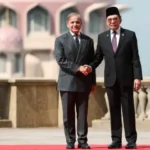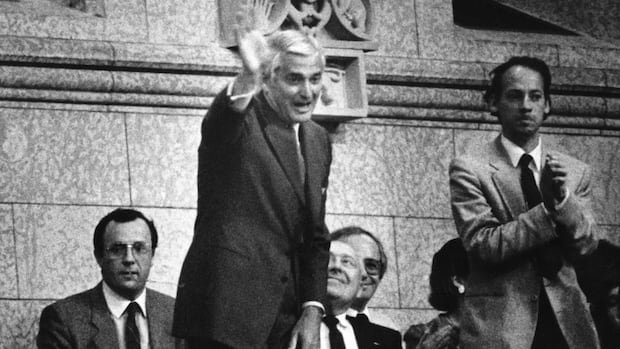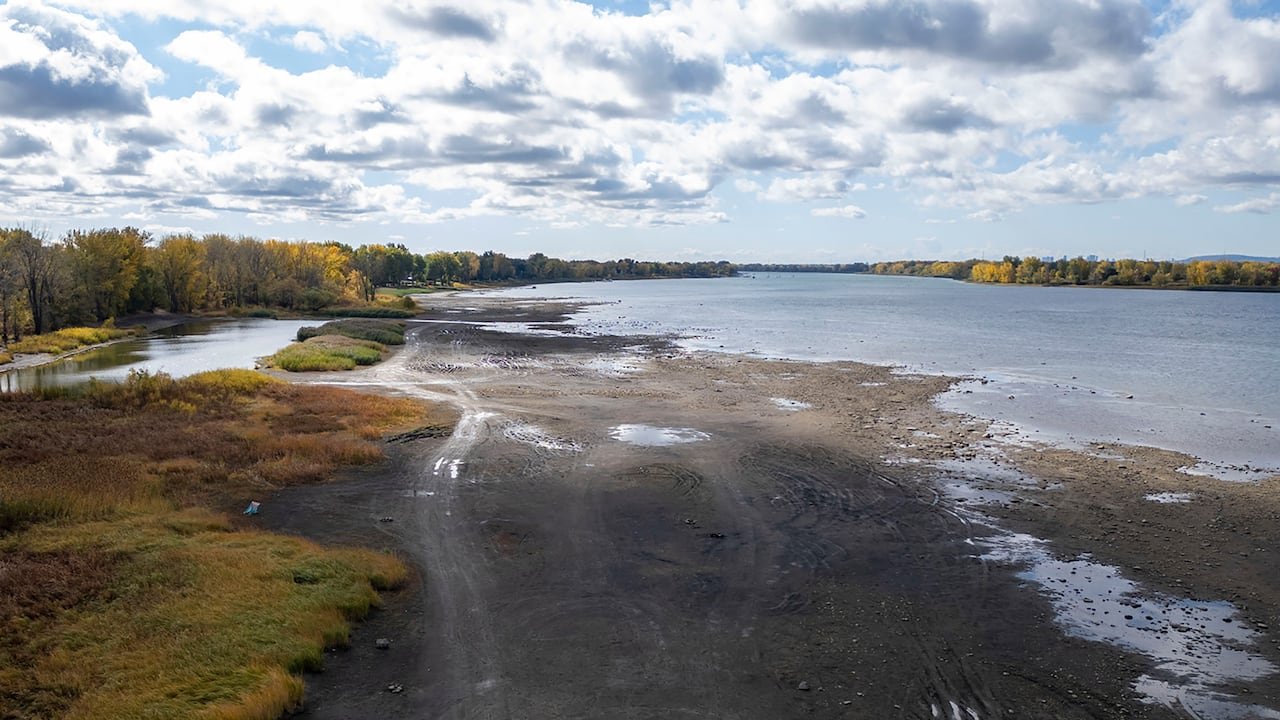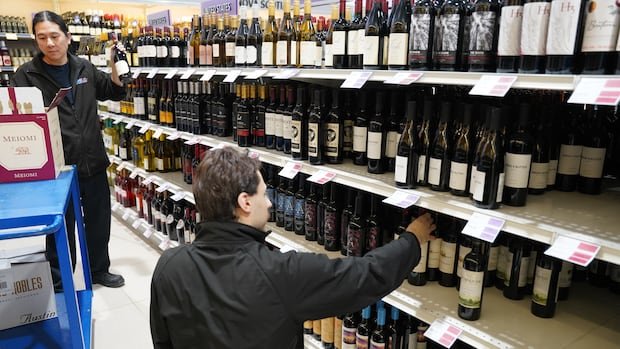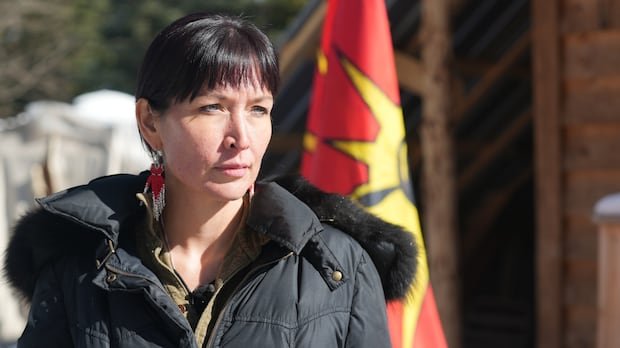Some of the potential candidates to replace Prime Minister Justin Trudeau do not currently have a seat in the House of Commons, but that would not prevent them from being sworn in if they win the Liberal leadership race.
Former Bank of Canada Governor Mark Carney is expected to formally announce his leadership bid this week, while Frank Baylis, a businessman and former Montreal MP, announced his candidacy last week.
Former British Columbia Premier Christy Clark had been considering putting her name forward, but announced Tuesday that she would not be running.
Although they do not currently hold a seat in the House, that would not prevent them from serving as prime minister if they win the leadership.
There have been a number of cases in the past where a prime minister did not take a seat in the House of Commons and there are also recent comparisons at the provincial level.
John Turner
When John Turner first entered the House of Commons as leader of the ruling Liberals in 1984, he had to sit in the visitors’ gallery.
Turner had previously been an MP and minister in the governments of Lester B. Pearson and Pierre Trudeau. But after a falling out with Trudeau, Turner left his post in 1976 to work in the private sector.
It’s been a long time coming, but John Turner has become leader of the Liberal Party of Canada.
Turner did not have a seat when he ran for and won the Liberal leadership in 1984. He would be sworn in as prime minister in June of that year, but never sat in the House of Commons as prime minister.
Brian Mulroney’s Progressive Conservatives would win the election just months after Turner became prime minister. Turner would win a seat in that election and would remain leader of the opposition until his retirement in 1990.
William Lyon Mackenzie King
Former Prime Minister William Lyon Mackenzie King holds the record for being Canada’s longest-serving prime minister, but he was not always an MP during that time.
King twice lost his seat in elections in which his Liberals were able to form a government, and ran in by-elections to re-enter the House in both cases.
Although the Conservatives won the most seats in the 1925 election, King was able to form a minority government with the backing of the Progressive Party.
One of the seats the Conservatives won in that election was King’s in North York. The then-premier ran and won a byelection in Prince Albert’s district in Saskatchewan a few months later.
King also lost his seat in the 1945 election, his last as prime minister. He would again have to stand in a by-election as sitting prime minister to regain a seat in the House.

Recent provincial examples
Two current prime ministers had to win a seat in their respective legislatures after being sworn in as prime minister.
National League Premier Andrew Furey won the Liberal leadership in August 2020 and was sworn in as prime minister at the end of that month.
But Furey was not a member of the MHA at the time and would not take a seat in the legislature until won a by-election in October of that year.
Likewise, Danielle Smith became premier of Alberta in October 2022 after winning the leadership of the United Conservative Party. she had to contest a by-election about a month later to become an MLA.
Senate Prime Ministers
In the early days of confederation, Canada had two prime ministers from the upper house of Parliament.
John Abbott, a senator from Quebec, became Prime Minister upon the death of John A. Macdonald in 1891. He was given the position as one of the most senior members of the Conservative Party at the time, but would only hold the position for approximately one year.
Similarly, MacKenzie Bowell, senator from Ontario, became prime minister in 1894, when Abbott’s successor, John Thompson, also died while in office. Bowell would serve as Prime Minister until he resigned in 1896.

